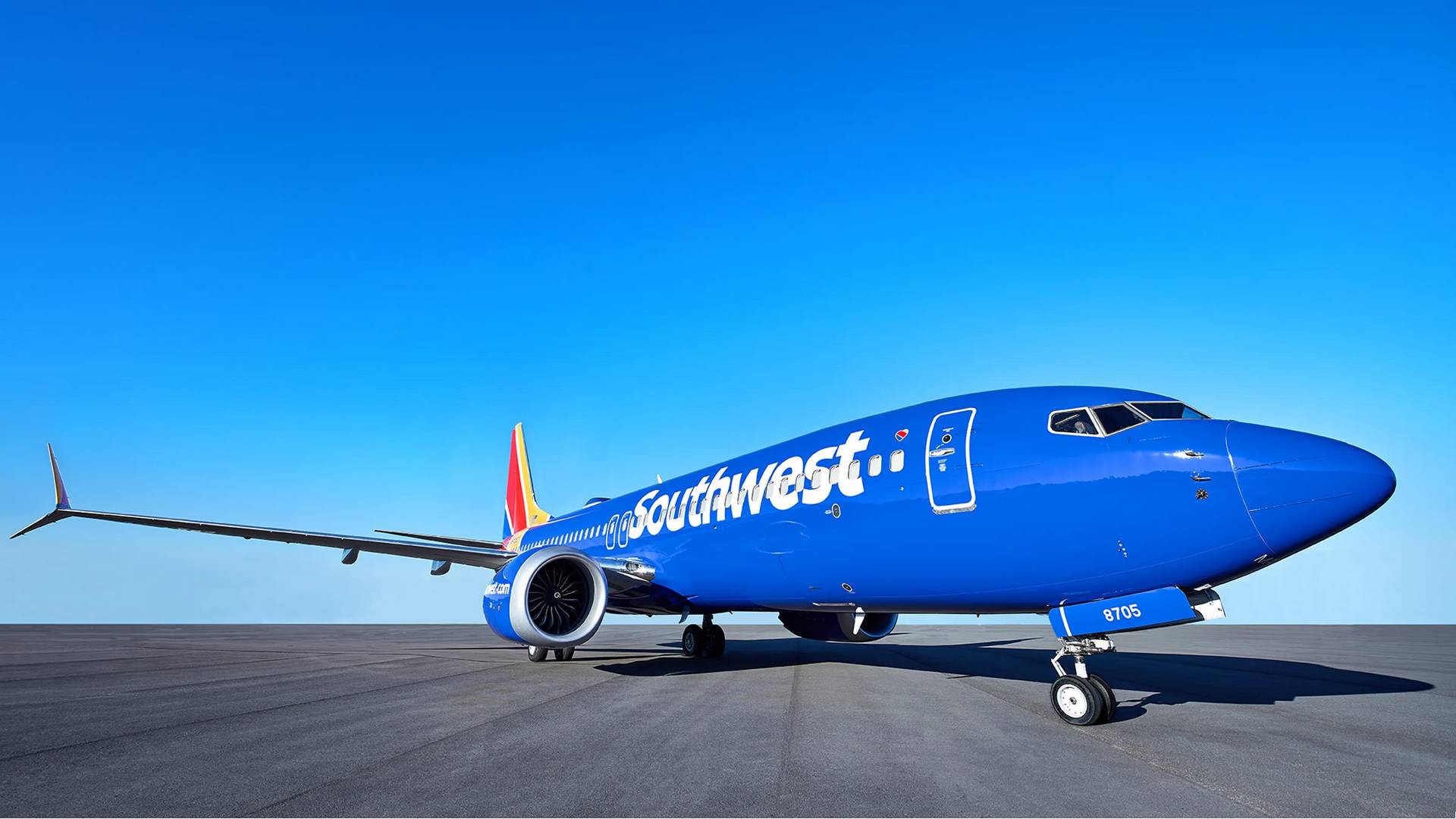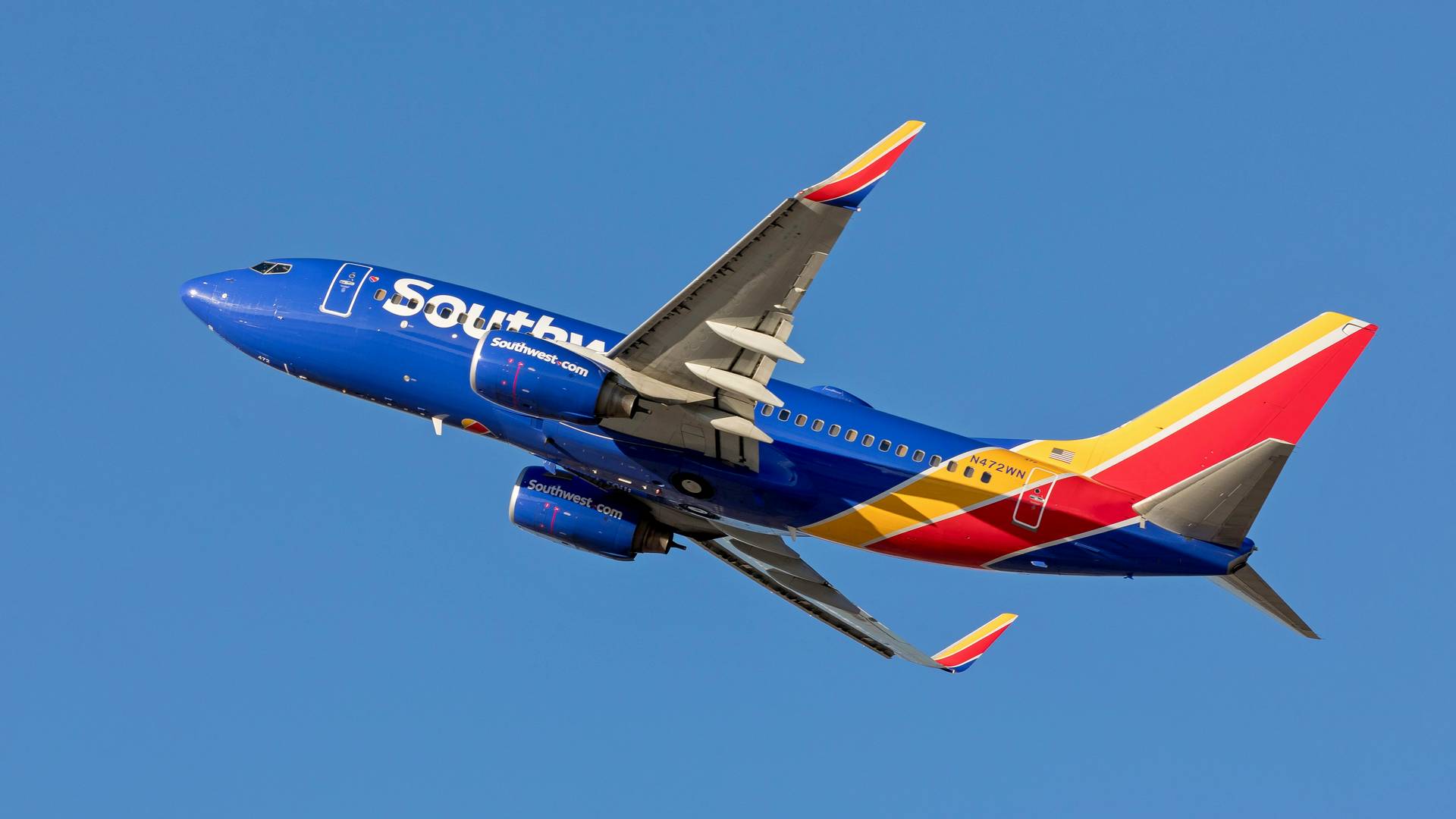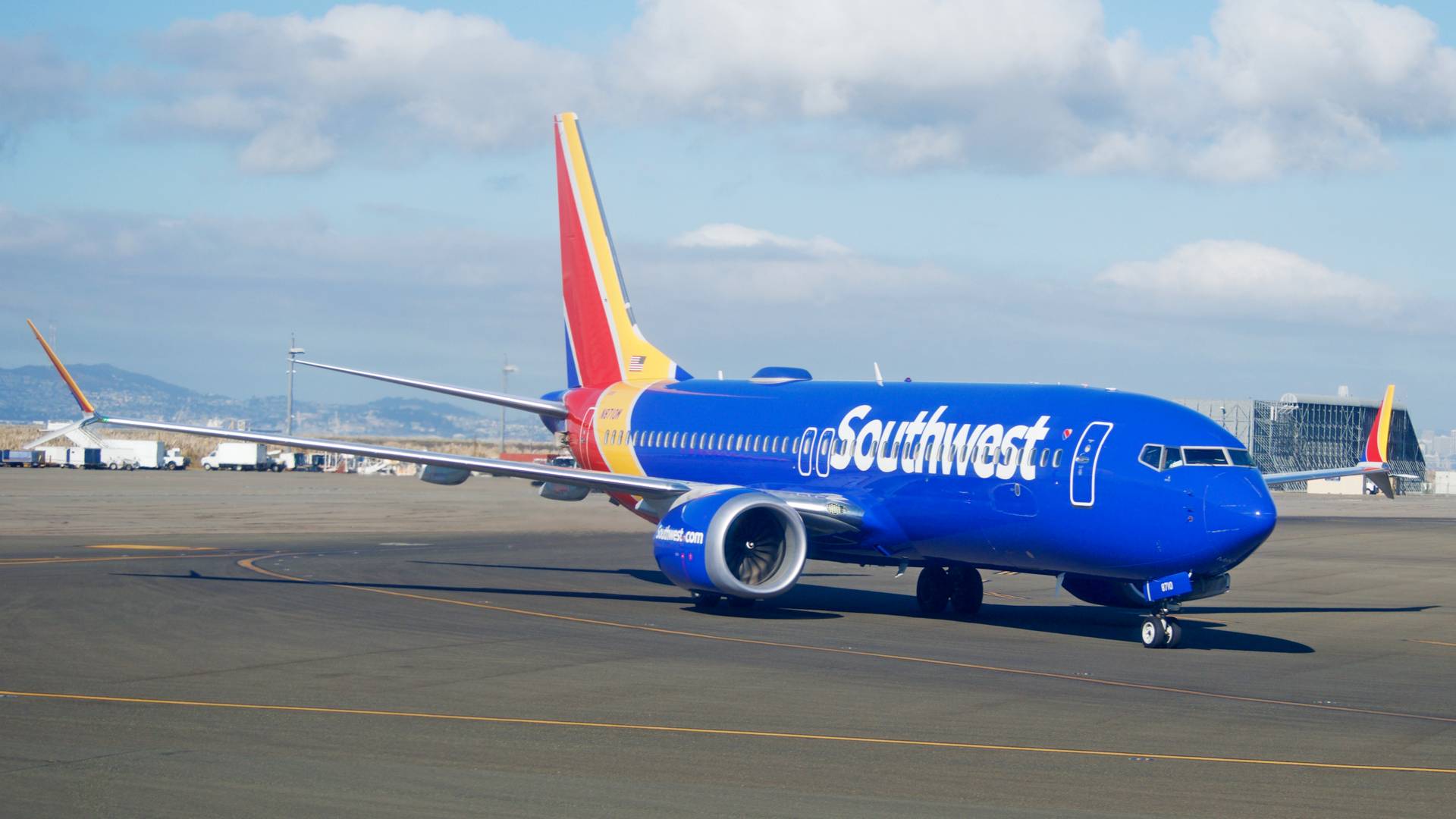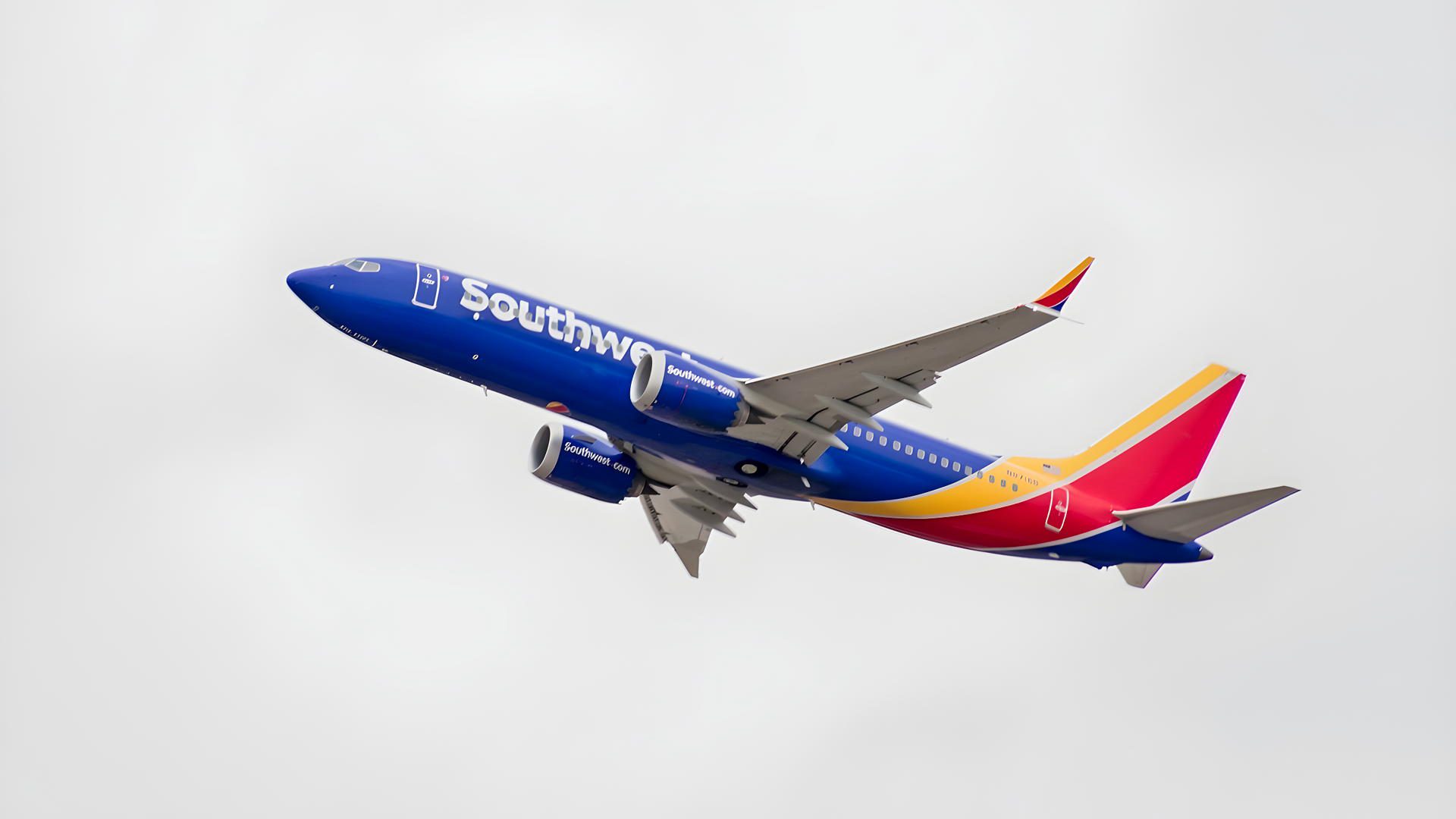Southwest Airlines will end the open seating strategy that it has used for decades, alongside other sweeping operational changes. But why?
Southwest has been dealing with a few headaches lately. The airline got the public’s attention, and now the FAA’s attention as well, because of a number of close calls that appear to share some similarities.

At the same time, Southwest has been facing pressure to change the way it operates. Some argue that the low-cost carrier model that Southwest has pioneered no longer works – at least in the United States.
Southwest has resisted calls for changes, including those from Elliott Investment Management, who recently acquired a stake in the airline. But this week, Southwest announced operational changes that seem to be moving it in that direction, including the end of open seating.

The reason Southwest has avoided using assigned seating until now, has to do with its desire for quick turnarounds. Several studies have shown that its current boarding strategy is technically the quickest.
However, many other low-cost carriers use assigned seating and still make quick turnarounds. And perhaps more importantly, 80% of Southwest passengers, according to the airline’s own studies, would prefer assigned seating.

Southwest also announced that it will introduce premium seating options with additional legroom, a key feature of this policy change. The airline will also introduce redeye flights. Southwest will stick to its current policy of not charging for checked luggage, however.
Southwest, Seating Strategies and a Fleet Problem
There is plenty of debate in the United States on whether or not the Low-Cost Carrier model is still viable. LCCs elsewhere also face challenges, but not on the same level as in the U.S. However, when it comes to Southwest specifically, its seating strategy and overall LCC model are far from the only issues worth examining.

Boeing’s delays in 737 MAX production are well understood. But Southwest has more fundamental issues, relating to the delay in certifying the 737 MAX-7. The smaller aircraft is a direct replacement for the 737-700, which was Southwest’s main 737 variant for two decades.
Boeing’s certification delays with the MAX-7 mean that Southwest has been taking deliveries of MAX-8s instead. This has kept its fleet numbers up, but it also means that its aircraft are too big for much of its existing route network. Unsurprisingly, this has lowered its load factors or forced it to sell tickets at lower prices.

Either way, Southwest’s profitability suffered. It is possible that a change in seating strategy, along with other network adjustments, could allow Southwest to overcome its fleet issues. Regarding Boeing, the airline expects substantial price discounts for the delays in its aircraft deliveries, which play such a key role in its financial woes.
In any case, Southwest’s seating changes won’t happen overnight. The airline will need FAA approval for them and expects to start modifying its cabins accordingly in 2025. Interestingly, this could coincide with the introduction of the 737 MAX-7 in service…
Check out the MentourNOW video below, for a more detailed look into the importance of the 737 MAX-7 for Southwest Airlines:




1 comment
Ross Elliot
I believe that there is a crying need for a small twinjet with similar flying and fuselage characteristics to the BAE 146 quad to service small regional airports. OK not quite as quick as the airbus A220, but able to work off shorter runways. Around about 100 seats, and faster than the current crop of turboprops.